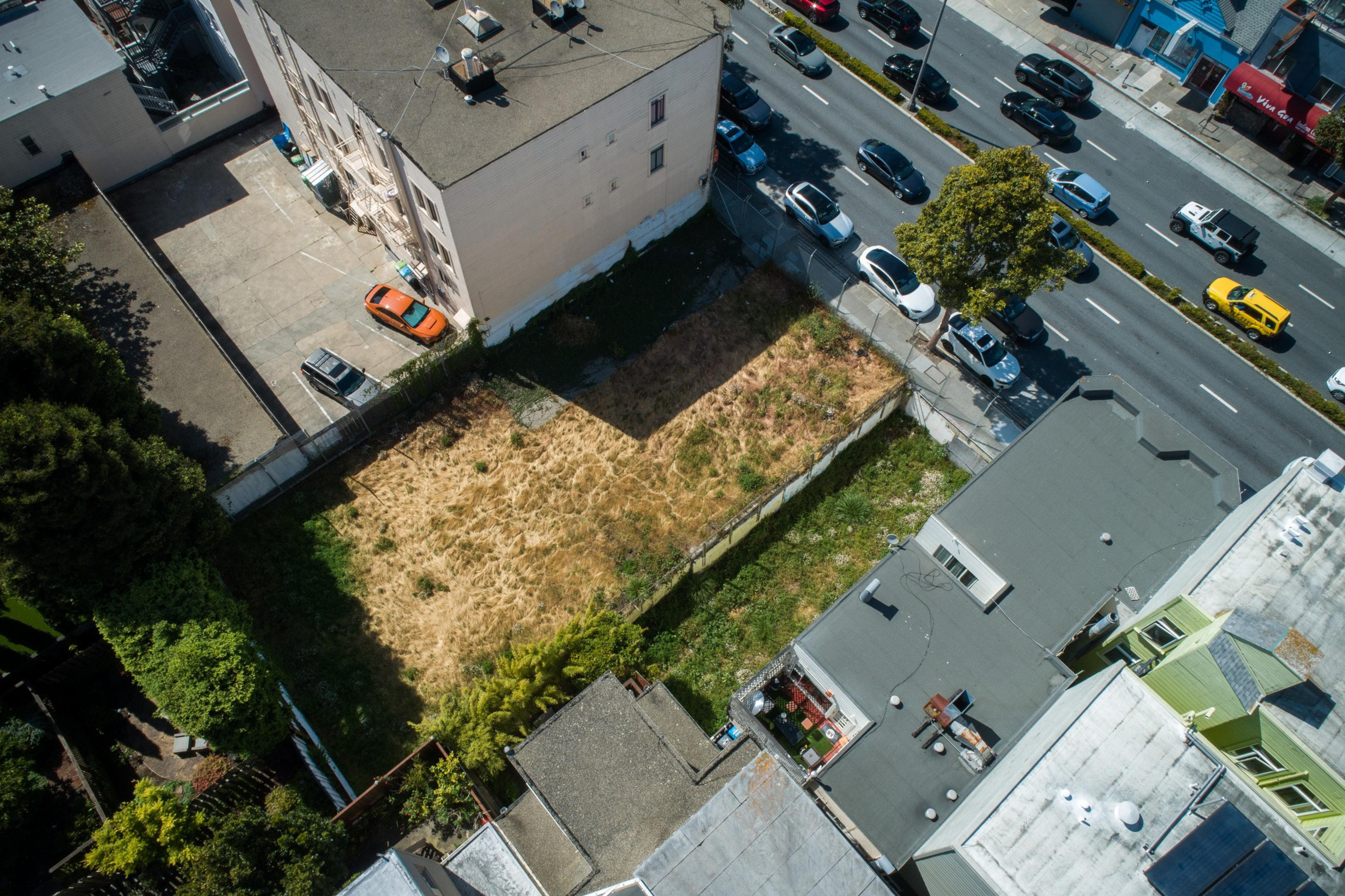The controversial plan to upzone wide swaths of San Francisco is projected to produce only half the amount of new housing in twice the time required by state authorities, according to a new analysis (opens in new tab) from the city’s chief economist.
In the most optimistic scenario projected by the controller’s office, the proposed rezoning could create about 14,600 new units over the next 20 years — a fraction of the benchmark set by the state. But the study is limited in what it can forecast, since it is impossible to gauge exactly how new state and local housing policies would spur construction projects.
San Francisco is mandated by state officials to plan for 82,000 new homes by 2031. Of that, the city must rezone to reasonably allow for about 36,000 homes in the next six years.
The Planning Department, which manages the so-called Family Zoning Plan and has been developing it since before the Lurie administration, created its own projections (opens in new tab) using various models that estimate rezoning would allow for the creation of up to 64,000 homes.
The new study from Chief Economist Ted Egan potentially puts San Francisco in an awkward situation: on one hand, advancing a zoning plan it says meets state law, while on the other projecting it will fall well short of its mandated targets.
Zoning laws don’t guarantee that homes will get built, but they do determine what kinds of projects get greenlit.

California’s Department of Housing and Community Development conducted a preliminary review (opens in new tab) of the Family Zoning Plan last month and found that it meets state requirements, partly based on the Planning Department’s projections.
But the new analysis could create leverage for those pushing for more aggressive housing policies by making it possible for developers or pro-housing activists to argue that San Francisco’s zoning plan is inadequate, according to research produced by one of the city’s own agencies.
In Los Angeles, housing advocacy groups YIMBY Law and Californians for Homeownership are suing the city (opens in new tab) for not doing enough to rezone for new housing capacity as laid out under state law. If successful, the lawsuit could force sweeping rezoning or trigger the “builder’s remedy,” under which a city loses the ability to approve or deny housing developments.
San Francisco’s new analysis will be presented to the Land Use and Transportation Committee on Monday. The city has until January to fold in or reject amendments made by some supervisors and adopt the plan.
Notable among the slew of proposed last-minute changes (opens in new tab) are exempting certain rent-controlled properties identified by Supervisor Myrna Melgar, historical landmark restrictions proposed by Supervisor Rafael Mandelman, and a “shot clock” requirement for developers to speed up housing production, pitched by Supervisor Connie Chan.
In response to the decades-long housing crisis, California officials have in recent years been pressuring local governments to loosen zoning requirements or risk losing state funding or land-use control.
Jane Natoli, San Francisco organizing director for YIMBY Action, said that while the group supports the Family Zoning Plan, it has tracked the removal of provisions that could have allowed for more housing.
“We’re in this to solve a housing shortage, not a math problem,” Natoli said.
Traditionally, large-scale developments have been clustered in the city’s east, but the Family Zoning Plan would allow developers to build taller, denser buildings in predominantly residential northern and western neighborhoods. Height limits would rise from 40 to 50 or 65 feet in residential areas and from 65 to 85 feet in many commercial corridors. Heights above 140 feet would be allowed on streets that already permit high-rises or have large development parcels.
The controller’s report says the likelihood of new housing development in residential neighborhoods such as the Sunset under today’s zoning standards is virtually 0%. Under Family Zoning, that probability rises to 20%-35%, depending on the parcel.
Family Zoning is being deliberated as Gov. Gavin Newsom has signed into law SB 79, which requires cities to upzone certain neighborhoods near bus or train lines. An analysis of the state law by San Francisco’s Planning Department found that nearly all parcels in the city would be exempt from SB 79’s more aggressive height provisions until 2032.
The controller’s office analyzed two scenarios: a high-growth case that assumes housing prices return to pre-pandemic rates, and a low-growth case that assumes slower price gains.

In the high-growth scenario, the analysis found that approximately 14,600 more units would be created than under current zoning. In the low-growth scenario, around 10,000 units would be added, versus just 1,600 under existing zoning.
Opposition to the Family Zoning Plan has focused on displacement — the concern that new development will push out existing residents and small businesses.
According to the controller’s analysis, 400 to 1,000 units would be lost over 20 years — about 6% of the number gained through rezoning.
The report notes that state law heavily restricts tenant evictions for demolition or replacement of rent-controlled housing. Such cases have been rare in recent years, and tenants are entitled to relocation payments.
Meanwhile, housing prices would likely decline as new units are built, with decreases ranging from 2.4% under low growth to 4% under high growth.
The city could also lose 1.5 million to 2.6 million square feet of occupied commercial space, with annual business disruption and relocation costs of $16 million to $28 million.
However, the overall economic impact of rezoning would be positive, adding between $560 million and $940 million to San Francisco’s GDP and as many as 4,500 jobs, especially in construction, healthcare, real estate, accommodations, and food services.
“For us, the key point is that this is good for our economy,” Egan said. “Our development environment is fairly challenged. … The more housing we can get, the better.”

